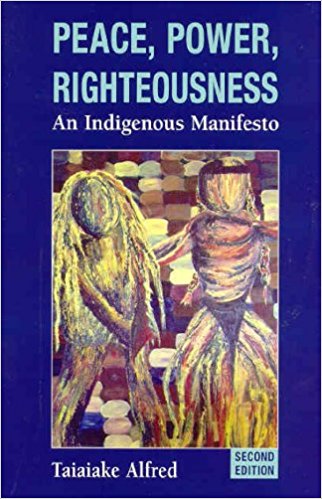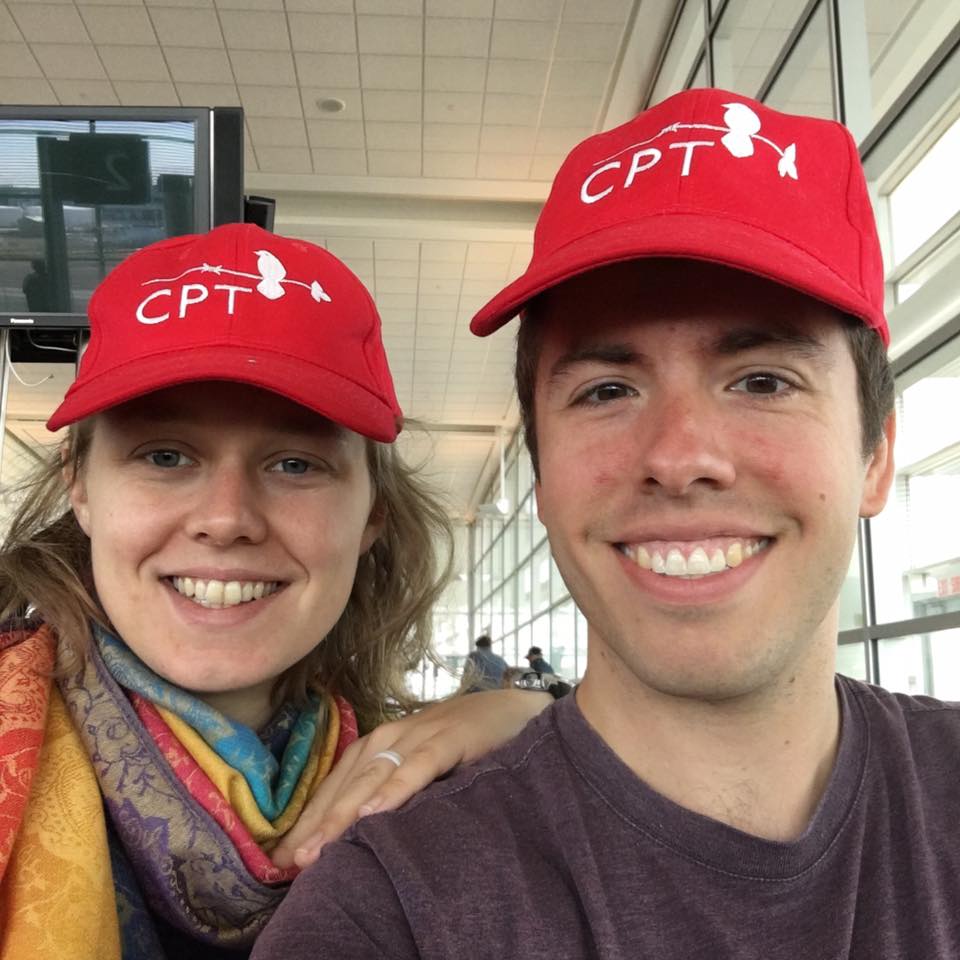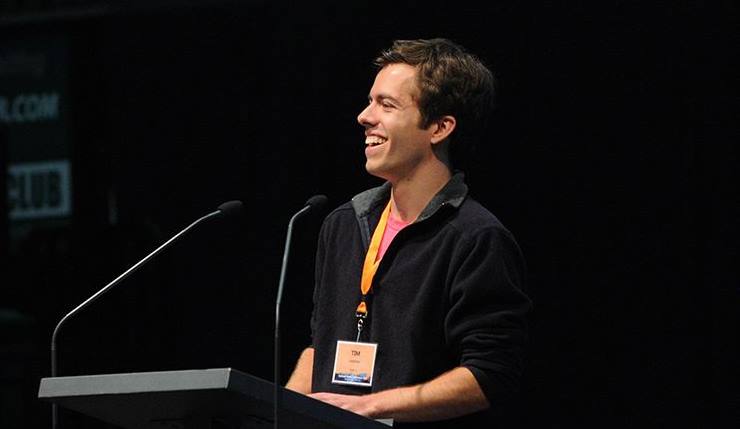 Few writers can unmask the injustice of colonialism, both 500 years ago and even today as I write this, the way Taiaiake Alfred can. Alfred is a Kahnawake Mohawk scholar who can walk easily between Native and settler cultures, helping us see what we could not see before. The heart of this book is a call to Native people to disentangle themselves from North American culture, values, and society as a whole and return to indigenous forms of leadership, politics, and governance. Colonialism is a tremendously difficult force to resist. It may have a kinder face today than it did 500 years ago but it is no less powerful. In this book, Alfred walks the reader through the indigenous values of peace, power, and righteousness, never losing sight of his thesis that a new kind of Native leadership, characterized by a return to indigenous forms of self-government, is needed to effectively resist colonialism and preserve what still exists of Native American culture and life.
Few writers can unmask the injustice of colonialism, both 500 years ago and even today as I write this, the way Taiaiake Alfred can. Alfred is a Kahnawake Mohawk scholar who can walk easily between Native and settler cultures, helping us see what we could not see before. The heart of this book is a call to Native people to disentangle themselves from North American culture, values, and society as a whole and return to indigenous forms of leadership, politics, and governance. Colonialism is a tremendously difficult force to resist. It may have a kinder face today than it did 500 years ago but it is no less powerful. In this book, Alfred walks the reader through the indigenous values of peace, power, and righteousness, never losing sight of his thesis that a new kind of Native leadership, characterized by a return to indigenous forms of self-government, is needed to effectively resist colonialism and preserve what still exists of Native American culture and life.
The book is organized similarly to a “Rotinohshonni condolence ritual” in written form (21). The first section takes the form of a dialogue and laments how much knowledge has been lost over the last 500 years as well as how much work it will take to restore and implement what is left (21). The Indian Act in Canada and the Indian Reorganization Act in the United States lay out the current system of governance in Native American communities. In Canada, for example, band councils are the typical intermediary between indigenous tribes and the federal government. Band council members are indigenous but work closely with the federal government. Alfred has much to say about how governments have worked hard to co-opt Native leaders and about how Native leaders have allowed themselves to be co-opted by colonial governments (27). Alfred argues for an end to this co-optation and a restoration of indigenous forms of government. Band councils, while made up of indigenous persons, are structured according to Western, or settler, understandings of legal, cultural, and societal norms. Thus, a Native governance has a colonial mindset built into it, which Alfred argues serves to continue colonizing the minds of indigenous people. He writes, “it is the duty of Native leaders to satisfy not mainstream but indigenous cultural criteria” (62).
After the first section on peace, Alfred moves to power. Here he focuses on what political leadership, values, and culture should look like (21). Key characteristics of justice in Western circles are individualistic in nature while key characteristics of justice in indigenous circles has much more to do with coexistence, balance, and the interdependency of all things (66). Thus, reconciliation and restoring justice in indigenous culture is much more dialogical and communal than individualistic (67). Also, decisions are often made by consensus rather than electoral politics (69). Indigenous people have a different understanding of power. According to Alfred, “power is used in a way that contributes to the creation and maintenance of balance and peaceful coexistence in a web of relationships” (73). Native people operate with a completely different paradigm and way of thinking. The colonial political structure imposed on them not only changes thousands of years of how they have governed themselves effectively but it has a huge impact on their culture. Governance, culture, and religion are intertwined in indigenous political culture. Finally, a discussion on political power must explore the strategies settler governments use to co-opt indigenous leaders. Settler governments try to support leaders who are the least threatening to the present order, encourage divisions in indigenous communities, create dependency on settler governments, and co-opt Native leaders by trying to incorporate them into the settler agenda (99). Native political culture, is quite different from Western settler political culture and the settler states of Canada and the United States have actively sought to impose their political culture on indigenous nations.
After peace and power, Alfred moves to righteousness. In this section, he reviews themes discussed earlier in the book but applies them to the current context. Difficulties that Native people face today include co-optation in exchange for money, the temptation to self-govern with Western political structures and make treaties, and the reality that young persons are becoming disillusioned with colonial political structures that are corrupt (21). A problem related to struggling to build the types of self-government that Alfred advocates from traditional culture is that there are many immediate incentives to sell out to the colonial governments now and the benefits of the indigenous way will take much longer (121). Instead, Alfred urges Native people to discontinue electoral politics as well as other forms of colonial government and return to indigenous political tradition, begin speaking Native languages again, become economically self-sufficient, and relate to the Canadian and United States governments on a level playing field of equals (172). In many ways, this book is a guide to decolonization and a restoration of traditional indigenous culture as well as well as forms of self-government faithful to indigenous ways.
 What are we to do with all of this information? Throughout this book, Alfred issues challenges to white settlers and Native Americans. He asserts that “white people are ignorant of history” and Native Americans “have wavered on their commitment to the goal of freedom from colonial domination” (122). No one gets off easy in this book. Everyone shoulders blame for the present injustices. With that in mind, our first step in response should be to learn about the history of indigenous nations in Canada and the United States. We cannot be ignorant of the injustices that have taken place upon the land where we live. Second, we should learn about the injustices Native Americans face today, injustices that are a continuation of 500 years of colonialism. To learn about history and present injustices facing Native Americans, my wife Katie and I joined Christian Peacemaker Team’s Indigenous Peoples Solidarity Delegation to Manitoba and Ontario this summer. Third, read this book! Fourth, we need to start conversations with other settlers as well as Native Americans in the state we live. What tribes live in your state today? Fifth, begin to practice a land acknowledgment statement in public gatherings. A simple statement could be a short line we speak whenever we gather for worship, such as “Welcome to worship this morning! The land we worship on today is home to the Iroquois, Siouan, Shawnee, and Tuscarora tribes, the original inhabitants of this beautiful place. We are grateful for how they cared for this land for thousands of years before European settlers arrived. We seek right relations with the original inhabitants of this land, a relationship based on respect, peace, and friendship.” Even acknowledging the land we stand on is a powerful act of justice. What steps will you take?
What are we to do with all of this information? Throughout this book, Alfred issues challenges to white settlers and Native Americans. He asserts that “white people are ignorant of history” and Native Americans “have wavered on their commitment to the goal of freedom from colonial domination” (122). No one gets off easy in this book. Everyone shoulders blame for the present injustices. With that in mind, our first step in response should be to learn about the history of indigenous nations in Canada and the United States. We cannot be ignorant of the injustices that have taken place upon the land where we live. Second, we should learn about the injustices Native Americans face today, injustices that are a continuation of 500 years of colonialism. To learn about history and present injustices facing Native Americans, my wife Katie and I joined Christian Peacemaker Team’s Indigenous Peoples Solidarity Delegation to Manitoba and Ontario this summer. Third, read this book! Fourth, we need to start conversations with other settlers as well as Native Americans in the state we live. What tribes live in your state today? Fifth, begin to practice a land acknowledgment statement in public gatherings. A simple statement could be a short line we speak whenever we gather for worship, such as “Welcome to worship this morning! The land we worship on today is home to the Iroquois, Siouan, Shawnee, and Tuscarora tribes, the original inhabitants of this beautiful place. We are grateful for how they cared for this land for thousands of years before European settlers arrived. We seek right relations with the original inhabitants of this land, a relationship based on respect, peace, and friendship.” Even acknowledging the land we stand on is a powerful act of justice. What steps will you take?
 Tim Heishman is a “city kid” who is currently living in the woods. He shares the position of Co-Program Director at Brethren Woods Camp & Retreat Center with his wife Katie as they both are working towards their MDiv degrees at Bethany Theological Seminary. Tim spent his growing up years in Harrisburg, PA and Santo Domingo, Dominican Republic before returning to the U.S. to study at Eastern Mennonite University. Tim, along with Katie, is a former National Youth Conference Coordinator for the Church of the Brethren. Now, living in Virginia, Tim and Katie attend Linville Creek Church of the Brethren. In his spare time, which is rare for seminary students and ministers, Tim enjoys traveling and learning about other cultures, gardening and cooking, keeping up with political news, running, and playing board games.
Tim Heishman is a “city kid” who is currently living in the woods. He shares the position of Co-Program Director at Brethren Woods Camp & Retreat Center with his wife Katie as they both are working towards their MDiv degrees at Bethany Theological Seminary. Tim spent his growing up years in Harrisburg, PA and Santo Domingo, Dominican Republic before returning to the U.S. to study at Eastern Mennonite University. Tim, along with Katie, is a former National Youth Conference Coordinator for the Church of the Brethren. Now, living in Virginia, Tim and Katie attend Linville Creek Church of the Brethren. In his spare time, which is rare for seminary students and ministers, Tim enjoys traveling and learning about other cultures, gardening and cooking, keeping up with political news, running, and playing board games.
